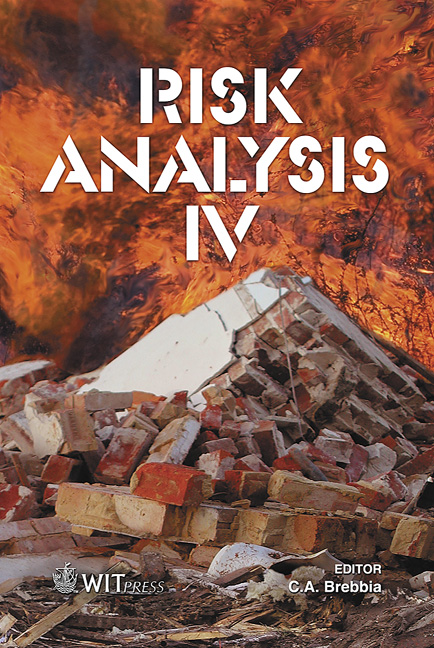Near Fault Earthquake Scenarios For The February 20, 1818 M=6.2 ‘Catanese’ Event
Price
Free (open access)
Transaction
Volume
77
Pages
11
Published
2004
Size
3,264 kb
Paper DOI
10.2495/RISK040081
Copyright
WIT Press
Author(s)
G. Laurenzano, E. Priolo , P. Klinc & A. Vuan
Abstract
Near fault earthquake scenarios for the February 20, 1818 M=6.2 ‘Catanese’ event G. Laurenzano1,2, E. Priolo1, P. Klinc1 & A. Vuan1 1Istituto Nazionale di Oceanografia e di Geofisica Sperimentale, OGS, Trieste, Italy 2Dipartimento di Ingegneria Civile, University of Trieste, Italy Abstract We build-up a near-fault ground shaking scenario for the municipal area of Catania (Sicily, Italy). The reference earthquake is the February 20, 1818 M=6.2 earthquake, whose epicenter was close to the northern part of the present settlement of the city. This earthquake is considered a tectonic earthquake and is associated to the northern continuation of the Ibleo-Maltese fault system. This fault system is the major seismogenic structure of Eastern Sicily, and it is considered the responsible of the major historical earthquakes which struck that area, such as the January 11, 1693, M=7.0 event. Despite of its lower magnitude, the ‘Catanese’ earthquake has to be accounted for the seismic hazard assessment of Catania, because of its vicinity to the city. The near-fault strong ground motion is computed through a hybrid stochasticdeterministic method (EXWIM). This method simulates rupture propagation along finite fault and solves the 3-D full-wave propagation in anelastic media with a vertically heterogeneous structure. In order to evaluate an exhaustive scenario, different slip distributions and hypocenters are considered. The structural model assumed is representative of the Eastern Sicily area, however local site conditions are taken into account at each site in a simplified way (i.e. the VS30 value). The ground motion is computed for a regular grid of receivers sampling the urbanized area of Catania. The results consist of three-component waveforms, acceleration and displacement response spectra and other relevant parameters used to describe the ground motion. Keywords: earthquake scenario, ground motion, extended source.
Keywords
earthquake scenario, ground motion, extended source.





